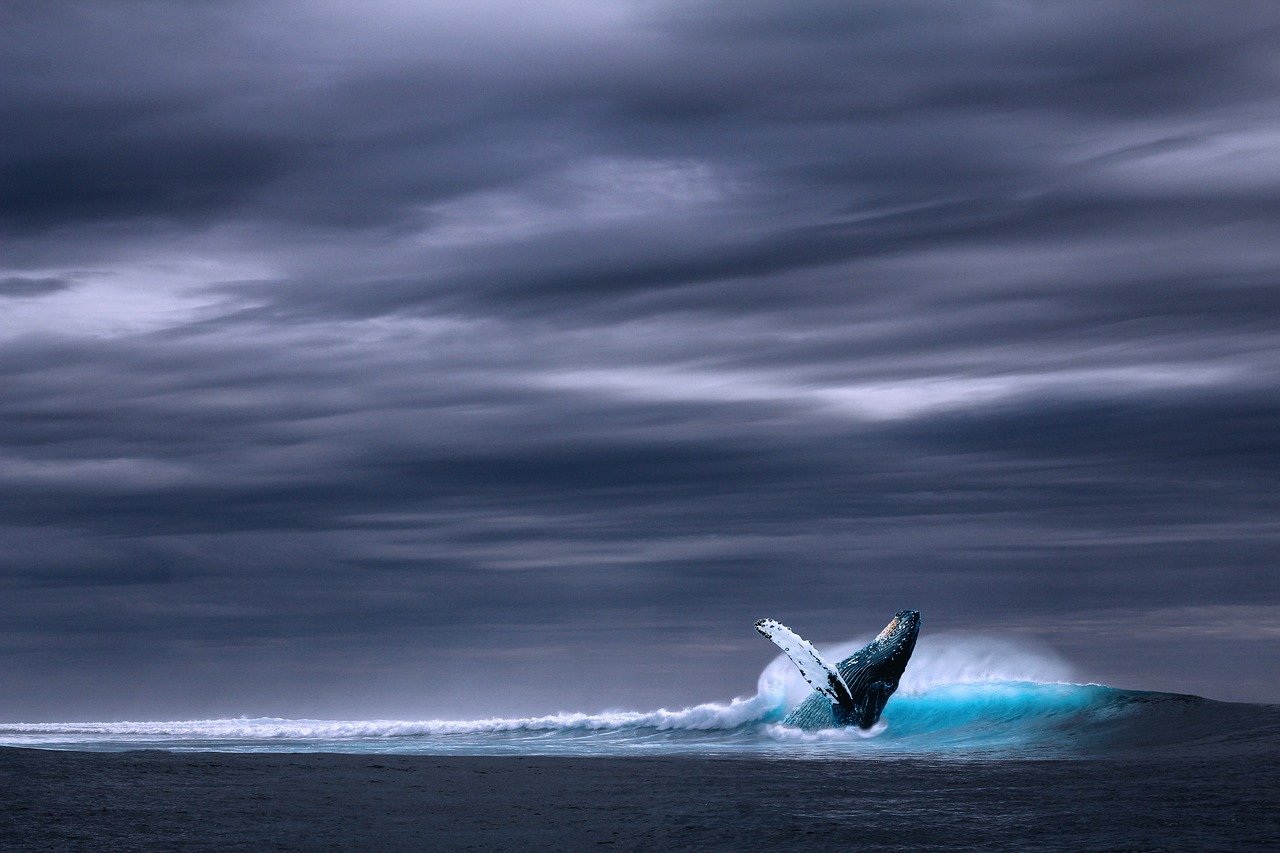In May 2020, Ruby Reynolds, then 11, and her father, Justin, were searching for fossils on a Somerset beach along the English coast when she spotted something unusual.
Now reassembled with the help of experts, the fossils Ruby found have revealed the jawbone of a giant ichthyosaur that roamed the seas 202 million years ago. And when it came to sheer size, the marine reptile likely rivaled the blue whale, currently the largest living animal.
“It was so cool to discover part of this gigantic ichthyosaur. I am very proud to have played a part in a scientific discovery like this,” she said.
Meanwhile in India, paleontologists at the Indian Institute of Technology Roorkee unearthed evidence of a different massive reptile: a prehistoric snake that was longer than a school bus.
A long time ago
Archaeologists have pieced together the puzzle of a dramatic dynasty collapse after finding burned remains within an ancient Maya pyramid in Guatemala.
The research team uncovered the scorched bones of four adults, as well as luxurious adornments and weapons, in a room beneath a temple, leading them to believe the people were of royal lineage.
It’s likely that a new type of leader arose during a time of political and societal change for the Maya, and the bones were burned as a sign of intentional desecration, the team said.
Separately, two 5,500-year-old skeletons recovered at an archaeological site in southwest France belonged to women who were likely buried alive in a sacrificial rite using an Italian Mafia-style form of torture.
Other worlds
For the first time, astronomers have detected a rainbow-like effect called a glory on a planet outside our solar system.
Scientists using the Cheops space telescope noticed an unexpected glow within the atmosphere on WASP-76b. An artist’s illustration depicts the phenomenon, which appears as colorful, concentric rings of light and has only ever been observed on Earth and Venus.
The blazing-hot exoplanet, located 637 light-years away, is also intriguing because it has one side that perpetually faces a sunlike star, causing molten iron to rain down from its clouds.
In a different study, scientists found that an ancient, cataclysmic collision with another planet created the telltale bright, white heart seen sparkling on Pluto’s surface.
Across the universe
The unusual wobble of a star led astronomers to what they have dubbed a cosmic “sleeping giant” in the Milky Way.
The Gaia space telescope has detected the most massive known stellar black hole, or a black hole formed from the collapse of a giant star, in our galaxy.
Named Gaia BH3, the celestial heavyweight has a mass that is nearly 33 times that of our sun, and it’s only 1,926 light-years away.
Fantastic creatures
When scientists accidentally submerged a specific type of hibernating bumblebee in water, they made a remarkable discovery: Queen common eastern bumblebees can survive underwater for up to a week.
It’s possible that the queens, which hibernate through the cold season alone after male and worker bees die, enter a state of suspended growth called diapause, which helps them survive.
Meanwhile, as billions of cicadas are set to emerge this spring after spending more than a decade underground, scientists expect some of the bugs to be manipulated by a zombifying fungus.
The pathogen transforms the cicadas into “saltshakers of death,” as described by Dr. Matt Kasson, an associate professor at West Virginia University.



